Stay ahead of regulations and protect your business with trusted, secure surveillance solutions.
Rapid changes in cybersecurity and shifting regulations make it more important than ever to keep your surveillance system secure. That’s why understanding NDAA compliance is a key part of building a system you can trust moving forward.
Whether you’re planning a new security installation or evaluating existing systems, being informed about NDAA compliance can help you avoid costly mistakes, protect sensitive data, and remain competitive in an increasingly regulated marketplace.
But what exactly does being NDAA compliant mean, and why should it matter to your organization? Keep reading to learn the answer to these questions and how to make sure your system meets the mark.
SEE ALSO: The Role of Video Surveillance in Preventing Theft & Vandalism
What Does NDAA Compliance Mean?
NDAA compliance means using video surveillance and telecom equipment that aligns with the National Defense Authorization Act’s standards, specifically Section 889. This regulation bans federal agencies and contractors from using gear made by companies like Huawei, Hikvision, Dahua, and ZTE due to national security risks. The law impacts federal facilities, contractors, and any organization using government funds. Private businesses are adopting compliant systems to meet cybersecurity best practices and future-proof their infrastructure against growing security and legal demands.
Why NDAA Compliance Should Matter to You
For any business handling sensitive data, partnering with government agencies, or seeking eligibility for public-sector contracts and funding, NDAA non-compliance can carry serious consequences. These include:
- Disqualification from government contracts, both directly and through affiliations with compliant partners
- Potential legal liability if found in violation of procurement standards
- Reputational damage that may affect customer trust and future opportunities
- Increased cybersecurity risks due to vulnerabilities in prohibited technologies
For this reason, making sure your security technologies are compliant is a strategic investment in protecting your data, clients, and long-term growth. Choosing compliant equipment reinforces your organization’s credibility, resilience, and readiness for evolving regulations.
Which Security Systems Are Affected?
NDAA compliance encompasses a wide range of connected security technologies, including IP and analog cameras, network video recorders, digital video recorders, video intercoms, and access control systems that feature video integration.
What makes compliance more complex is that not all non-compliant products are easy to spot. Many are sold under different brand names but use components from restricted original equipment manufacturers (OEM). This means a seemingly legitimate system could still pose a compliance risk if it contains chipsets or firmware sourced from banned suppliers, which takes us to the next part of our blog.
How to Identify Non-Compliant Equipment
Spotting non-compliant gear isn’t always straightforward, and relying on product branding alone can be misleading. Business owners and security teams should take a proactive, multi-layered approach:
- Look for known restricted manufacturers like Hikvision and Dahua, even if the product is rebranded under a different name.
- Ask vendors for NDAA compliance documentation and be sure the paperwork includes specific model numbers and firmware versions.
- Be cautious with OEM products, as many private-label brands use parts from restricted companies, making them non-compliant.
- Verify firmware and chipset sources, not just logos or packaging, as backdoor vulnerabilities often originate from internal components.
Reputable vendors will be transparent and typically offer detailed compliance documentation. If a supplier hesitates or cannot provide proof, it’s a clear red flag and a risk not worth taking.
Steps to Take for NDAA Compliance
If you’re unsure about your current system or are planning a new installation, here’s how you should proceed:
- Audit your current video surveillance system with the help of a trusted integrator to identify any potentially non-compliant equipment.
- Replace non-compliant components, starting with high-risk devices like cameras and recorders that are most likely to affect compliance.
- Source equipment from verified NDAA-compliant manufacturers, such as Axis Communications or Avigilon, to ensure all parts of your system meet federal standards.
- Document all compliance steps and certifications, keeping detailed records that can be referenced during audits or contract negotiations.
- Consult regularly with security professionals to stay current on legislation, industry standards, and emerging technologies that may affect compliance.
Let Us Secure Your System Right Away
Whether you’re upgrading an outdated system or planning a new installation, contact AT&I Systems to learn how our expert team can help you find and integrate surveillance technology that supports—not compromises—your business objectives.



















